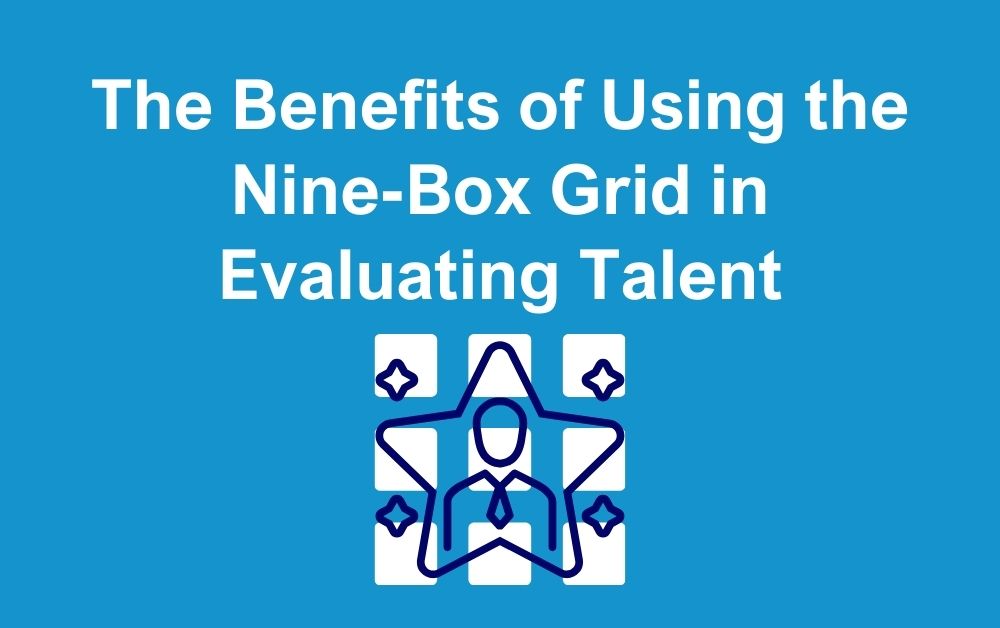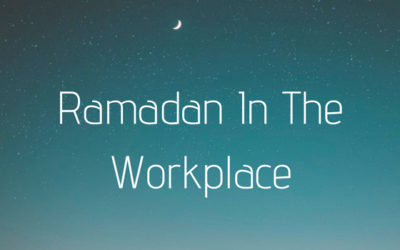In business it can be very difficult to objectively measure not just the current performance of staff, but where they are heading in the future.
Succession planning is a vital component of an efficient organisation and it’s something that should never be skipped over or rejected as unimportant. Yet unless you have a clear idea of which employees could move into what positions, it’s an almost impossible task.
This is where the nine-box grid can be of significant benefit, showing you where your employees are right now and in which direction you think they have the potential to move. Here’s a closer look at the nine-box grid and how it could deliver the information you need to take your business forward.
What is the nine-box grid?
A very famous business tool, the nine-box grid has the benefit of being applicable to almost every industry and every company in the world.
As the name suggests, there are nine boxes in the grid system which are used to plot every employee in the company. On one axis you rank their performance, and on the other you rate their potential; this gives you an idea of their overall position in the company and their likely future direction.
Each of the boxes will tell you something different and offer different possible solutions, depending on the outcome you want.
For example, you may have an extremely high performer who scores very low on potential. This may be perfectly acceptable and could apply to a technical role where the individual has no desire to move into management or progress. Conversely, you could have an employee who is currently performing to quite a low level but you believe has the potential to climb high. This may sound like a negative situation, but it could simply be that the individual is new to the company or their current position and has yet to establish themselves, but you believe there’s the potential for a very high level of achievement.
A consensus
The nine-box grid is an exercise which isn’t generally completed alone; a group of managers get together and discuss the merits of each employee before deciding as a collective which box best suits them.
If you’re managing an individual directly, you may feel that you’re the one who is best placed to judge their talents and capabilities but it can be an interesting exercise to see how they’re viewed elsewhere.
This method offers a structured outcome to a conversation, and providing an objective way to measure employee’s progress and potential.
By gathering alternate opinions you could view an employee very differently, seeing them in an entirely new light by considering how others in the business value their worth. For example, when helping another area, they may have demonstrated abilities which they don’t have the opportunity to show in their current role. This could highlight possible growth in a way that you hadn’t previously considered.
Making the best use of company resources
Most companies only have a finite amount of training resources and understanding where and when it’s best applied is a skill which eludes many.
The nine-box grid can help you to identify which employees are in need of further training and those who are ready to be stretched further.
It’s important to view the nine-box grid as a positive tool to take a snapshot of the company’s employees, and one that needs to be regularly updated. It’s not a way to label employees that is fixed and immoveable.
Employees can be roughly grouped into different categories every time you do the exercise: those that require observation, those that require development and those that require stretching.
The nine-box grid accurately highlights where you would be best placed to use your resources and where you would get the most benefit. For example, the individual mentioned in the example above who has huge potential but is currently performing at a low level wouldn’t benefit from further stretching right now. Conversely, the employee who is performing to the very highest level and also offers potential is crying out for further development and stretching.
You may occasionally find that the nine-box grid identifies employees that don’t have a future at your company, those with low potential who are also performing to a low level. The first steps should be to help them improve performance, but if this doesn’t succeed, then exit is the only solution.
Removes over-reliance
It’s very easy to get hung up on a single element of an employee’s performance but the beauty of the nine-box grid is that it takes a more holistic view of an individual.
By involving a group of managers it removes the possibility of over-reliance of a single individual, thus eliminating any bias.
In addition, the additional element of potential also prevents any over-emphasis on current performance alone.
The combination of performance and potential, as assessed by a group of managers is the perfect tool to quickly and easily identify whether an employee is making progress and what value they add to the business.
Conclusion
There are some business tools which are over-hyped and are nothing more than a waste of time. However, the nine-box grid is a tried and tested mechanism which is easy to use, requires no extra work and can be used on an ongoing basis to measure progress and aid succession planning.
For more information contact us at The HR Booth on 01383 668178 or email us at info@thehrbooth.co.uk







